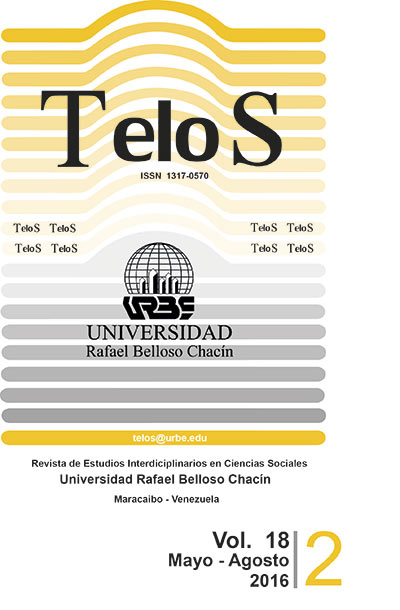Alternative exchange rate structure in Venezuela (1960-2013): implications and consequences
Keywords:
exchange rate, exchange rate policy, exchange regime, exchange rate unificationAbstract
The exchange rate is a key element in the economy, as it serves as a basic reference for the exchange of goods between countries as well as for the allocation of productive resources. Overall, countries have a single exchange rate, however, under conditions of stress on the balance of payments or severe crises; governments can set multiple exchange rates. This paper provides a brief summary of the recent experience with multiple exchange rates in the world. We also study the evolution of the exchange rate structure in Venezuela for the period 1960- 2013. The establishment of multiple exchange rates in the Venezuela is often associated with the decline in the availability of foreign assets as a result of negative shocks in the terms of trade or macroeconomic imbalances financed through monetary expansions. Excessive growth of the exchange rate premium and the resulting distortions in the functioning of the economy has been the main trigger to unify the exchange rate. In line with the international experience, the average inflation rate over the years with unified exchange rate was significantly lower (14.5%) than in periods with two or more exchange rates (28.4%).Downloads
Download data is not yet available.
Downloads
Published
2024-03-07
Issue
Section
Artículos de investigación
How to Cite
Alternative exchange rate structure in Venezuela (1960-2013): implications and consequences. (2024). Telos: Revista De Estudios Interdisciplinarios En Ciencias Sociales, 18(2), 165-186. https://ojs.urbe.edu/index.php/telos/article/view/2479




